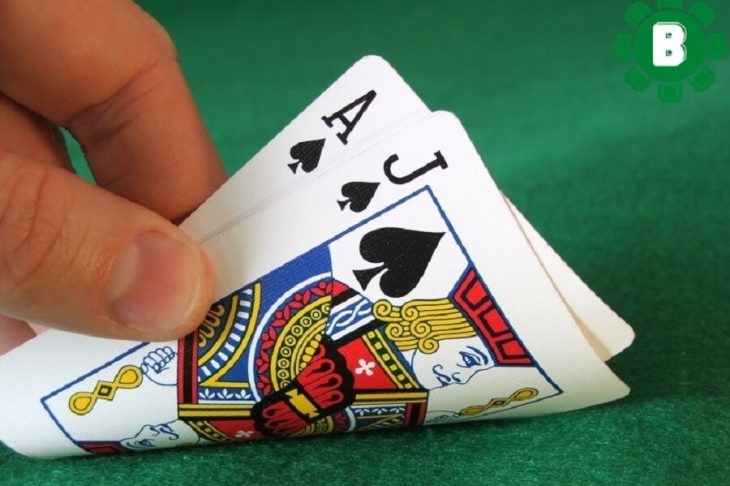
Reading hands in poker
One of the most frequently misunderstood topics among recreational poker players is hand reading. These amateur players misstep by trying to place their opponent on a certain hand. That could make for entertaining television, but it’s not a useful or productive method to go about hand reading.
How to read hands in poker?
Reading by hand is challenging. You have a lot of information to consider in a very short amount of time, and each piece of knowledge has an effect on the potential range of your opponent. You should watch for these common data points: The position of you and your opponent, Your opponent’s bet size, and the tendencies of your opponent. Nobody, not even the top players in the world, can take into account every element in the brief period between choices at the table since there are practically infinitely many data points in poker. You should stop thinking, “I placed him on Ace-Jack,” and start to accept that, while Ace-Jack is a possibility, there are invariably other hands your opponent may have. This will help you read poker cards better.
The logistics of hand reading
In its simplest form, hand reading proceeds as follows:
- Based on the player’s actions, you allocate a set of hands to play before the flop. A caller, therefore, has a different range than a 3bettor, who in turn has a different range than an open-raiser.
- You’ll reduce their range based on subsequent moves as the flop, turn, and river of the hand develop. By deleting hands that don’t correspond to the activities they execute, you are narrowing the range. Therefore, you might discard all non-pair hands including draws worse than a gut-shot straight draw if the player called your cbet on the flip from OOP.
- Utilize your understanding of their spectrum. You may utilize this knowledge to make a successful bluff bet to induce them to fold if you reduced their range to primarily weak pairs and draws. Like any other poker tactic, hand reading takes a lot of effort to master before you can employ it effectively on the felt. You’ll find yourself making a lot of hand-reading errors in the beginning when you combine this with the fact that you’re making assumptions about a player’s range and how they play their hands.
Important things to know
- What type of player they are: Depending on the kind of player they are, you will range your opponents accordingly. Nitty players will often receive extremely narrow ranges, TAG players will receive somewhat broader ranges, LAGs will receive even wider ranges, and LP fish will receive the biggest ranges.
- What notes do you have on them: It’s crucial to know your opponent’s past. The more you observe their previous hands and showdowns and learn about them, the better player notes you may take. You can range them and play against them in the future with the aid of good notes.
- What does their action say about their range: Generally speaking, the stronger the range, the more forceful the activity. The range becomes weaker the weaker or more passive the activity becomes.
